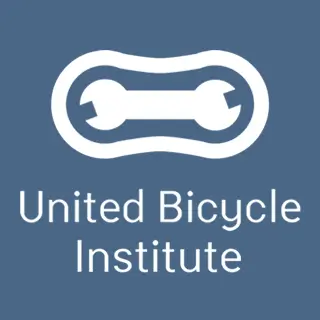A typical full-access model actual consists more of a space with the tools, with an individual mechanic in the most simple situation.
Think of the single librarian and the open library. This single librarian helps to put away books, find others, and check them out to students who want to borrow them.
In this model, the mechanic is a reference and a stop-gap when the “customer” finds things they don’t know how to fix. In this model a customer is empowered to put in the work themselves, as a single mechanic cannot work 8 stands at once. This situation is more typical in a non-profit situation, but that doesn’t mean it doesn’t work in a for-profit situation. It could be a membership-style shop where the main job for the mechanic is making sure the tools are still usable, the references are easily accessible, and they are available to assist the customer doing work during the open hours. Very similar to “tool libraries” that have been popping up; like Tech Shop, Bike Kitchen, The Crucible, etc. (links to tool libraries).
Partial-access can fall into a couple of different categories.
In a for-profit typical bike shop, a customer can use some tools but not all.
How I’ve seen this work; a customer can use the simple tools: a pump, an adjustable crescent wrench, typical hex wrenches, a pedal wrench, tire levers, etc. Anything you can get into from the outside of the bike and even a few things that end up getting you a little more inside the bike, but this ensures that the repair is short, and the customer is back on the road as soon as possible.
The shop does not take responsibility for said repair, may have a sign to that effect, and even asks that it is done outside the shop, on the sidewalk to put a physical barrier between the repairs the customers are doing themselves vs. the repairs the shop does, and it keeps those customers out of the way of customers purchasing bikes, etc. A mechanic is NOT available for these repairs at all, unless we start to see something dangerous forming. Still, it has an unspoken agreement that the shop is not liable. It also frees a mechanic up so they don’t have to do the small repairs like changing a set of pedals, etc. for a customer who can do it themselves
In a for-profit typical bike shop, a customer has specific times at which the tools are available to them.
This could be a number of things; open shop night, clinics in which a mechanic discusses certain repairs, etc. In an “open shop” night, the mechanic is similar to the full-access model, for a limited-time only. In a clinic, the mechanic will focus on a particular repair, with or without the customers participating. This is the most controlled environment, but eliminates the idea that this shop is trying to hide the knowledge from a customer.
From my experience in these clinics, even when customers are allowed to put hands on the bike, the customers leave with an understanding on how something works, and proceeds to get themselves in trouble with a repair and then they bring it in to the shop to fix. So in that way, these clinics bring repairs in to the shop. Also it eliminates the idea that mechanic-ery is a dark, mysterious art where these hardened men have fought Titans for their knowledge in the stone-age, and therefore they’ve earned their saltiness. But this approach can still reinforce the need for expertise, being that they’ve tried it once or twice themselves with varying results and lots of extra time.
